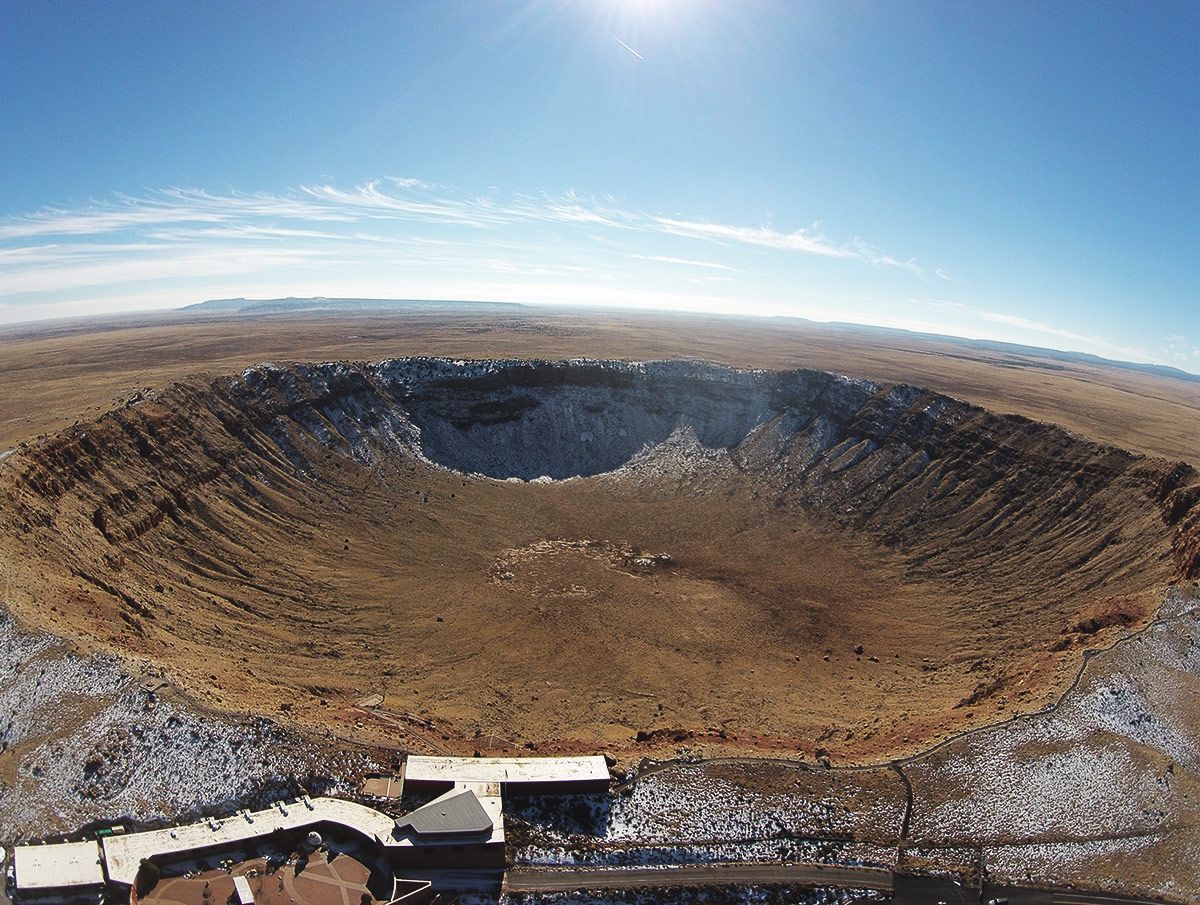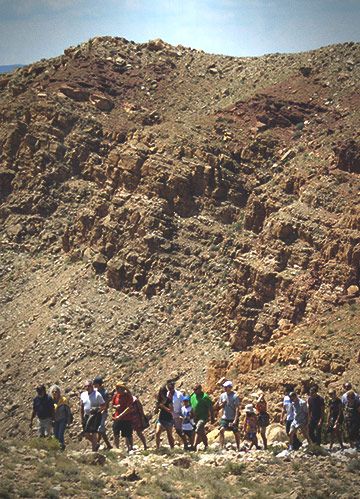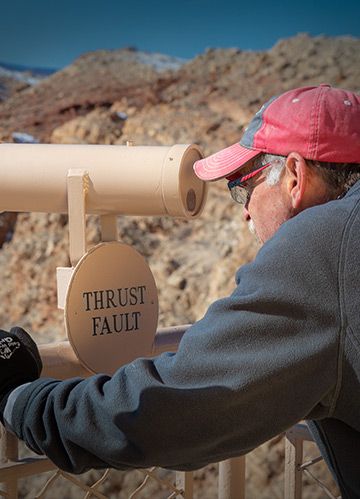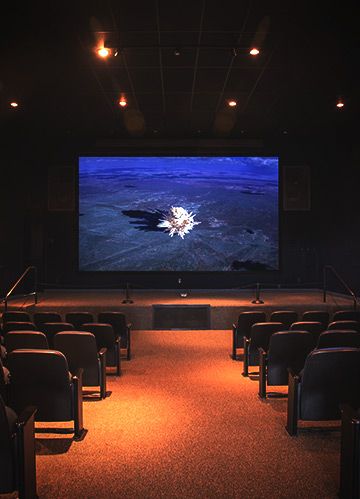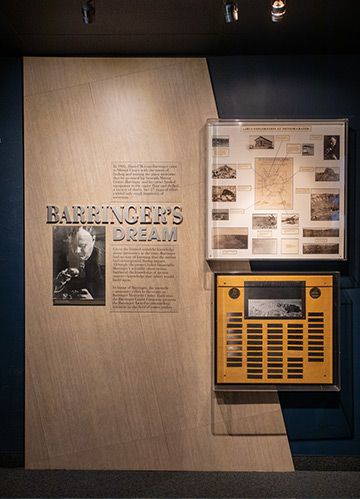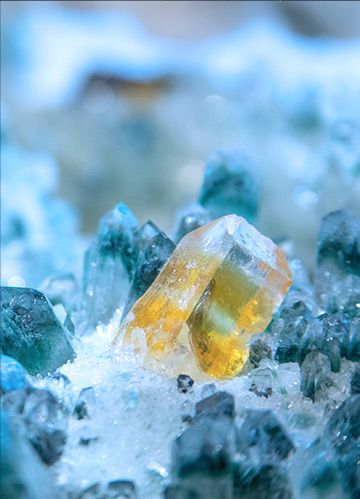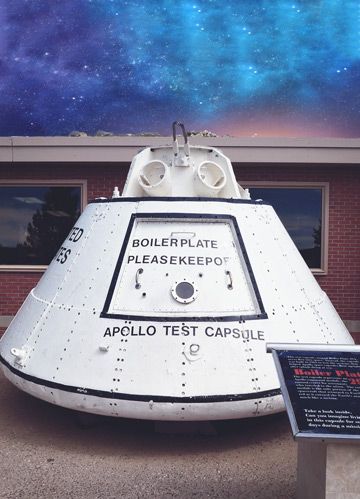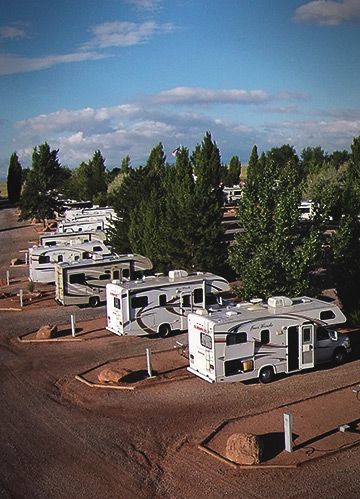No products in the cart.
The Meteor Crater
A True Wonder of the World
Over 50,000 years ago space and earth came together when a huge iron-nickel meteorite, approximately 150 feet wide and weighing several hundred thousand tons, impacted an area outside of Flagstaff, Arizona, with a force 150 times greater than an atomic bomb. The result of this impact was devastation for miles and the creation of the giant bowl-shaped cavity we call Meteor Crater, which measures 550 feet deep and almost a mile wide.
Nestled on its north rim, Meteor Crater Visitor Center is one of the most popular attractions in Northern Arizona.
You can experience the Crater in an air-conditioned indoor viewing area, outside on one of the observation decks and self-guided trails, or on a guided tour along the rim. If you have pets, we offer an outdoor Pet Ramada for their safety while you enjoy the attractions.
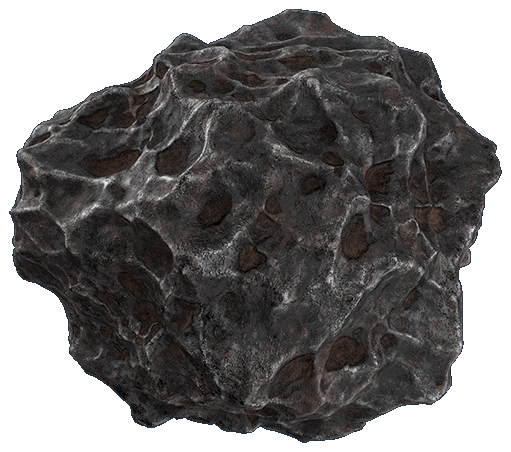
The Aftermath
When the dust settled, what remained was a crater three-quarters of a mile (about 1 kilometer) wide and 750 feet deep. The impact occurred during the last ice age, a time when the Arizona landscape was cooler and wetter than it is today. The plain around it was covered with a forest, where mammoths, mastodons and giant ground sloths grazed. The force of the impact would have leveled the forest for miles around, hurling all life unfortunate enough to be nearby across the plain. Over time, the landscape recovered. A lake formed in the bottom of the crater, and sediments accumulated until the bowl was only 550 feet deep. Then, with the ending of the ice age, the climate changed and dried. The desert that we see today has helped to preserve the crater, by limiting the erosion that might otherwise have blurred or erased the traces of the ancient impact.
In 1968, Meteor Crater was designated a Natural Landmark by the Department of the Interior.
